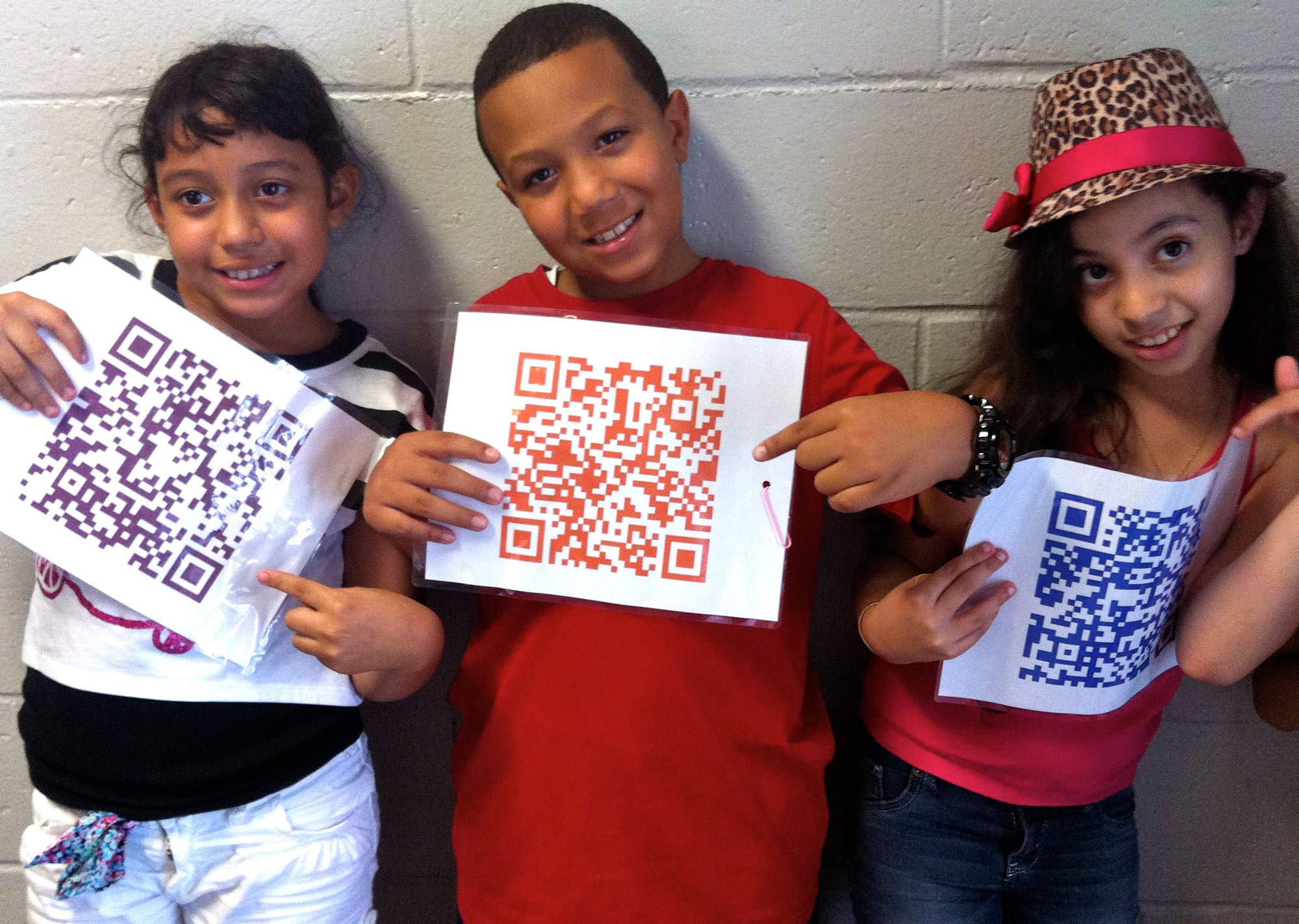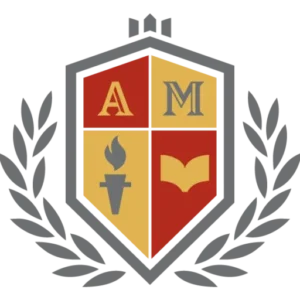Quick Response (QR) codes are beginning to pop up on city buses, in museum exhibits, and just about anywhere people need easy access to information. But we’re only beginning to scratch the surface of how they can be used to improve the formal educational experience. As the number of Americans, particularly students, with smartphones continues to grow, here are four ways QR codes could revolutionize learning in the next decade.
1. Digital portfolios for students. Imagine if all students were assigned a QR code at the beginning of the school year—or even the start of their educational career? Every year, instead of putting that student’s assignments or projects into a manila file folder that gets sent home (and oftentimes chucked in the trash) the teacher could upload a few examples of papers, projects, tests and quizzes to the QR code. The code could also include links to student videos, blog posts or other multimedia projects. That QR code-portfolio could then be printed on the student’s report card, so that the grade becomes about more than just one single letter.
2. Connecting with parents. Teachers could create their own individual QR code that includes links to classroom goals, behavior expectations and other pertinent information, and send the code home with students. The teacher could even include sample questions the parent might want to ask their child about the class, thus equipping the parent with the knowledge she needs to have a conversation with their child about what they’re doing in school. On back-to-school night or during open house, teachers could post QR codes throughout the classroom. Once a parent scans the code, they’d be digitally whisked to explanations of the curricula being used or of student work displayed in the classroom. Sure, the teacher could accomplish all of this with print-outs, but scanning with a QR code is definitely more eco-friendly.
3. Engaging students. Many K-12 schools ban smartphones, but as their potential as a learning tool starts to be better understood, they could end up working well with QR codes. At both the K-12 and college level, the number of textbooks featuring QR codes is sure to grow. And teachers and professors could hand out an assignment or study guide with a QR code printed on it. Once students scan it, they could be taken to additional resources or activities.
4. Easing the transition to college. This year the University of Illinois jumped on the QR code bandwagon and started using them to help acclimate incoming freshman. QR codes are scattered throughout the campus, and when a student scans one, they’re taken to campus maps, videos, and other resources. The codes also connected students to the school’s Facebook and Twitter feeds—a smart move since connected students are less likely to drop out.
Since QR codes are so new, it’s hard to imagine all the ways education institutions will be using them in the years to come. But given the possibilities these black-and-white squares of data present, they just might revolutionize the way we learn.





